May 28, 2025 | 09:23 GMT +7
May 28, 2025 | 09:23 GMT +7
Hotline: 0913.378.918
May 28, 2025 | 09:23 GMT +7
Hotline: 0913.378.918
Yen Dinh district, Thanh Hoa province, is considered a specialized farming area of chili, with an annual planting area of 1,000-1,300 hectares. Chili plants have a 6-7 months root retention period, yielding about 16-18 tonnes per hectare each year. At one time, the price of chili purchased in the field reached a record of VND 100,000 per kilogram. So in recent years, the area of chili peppers in Yen Dinh has increased steadily.
According to the plan, in the winter of 2021, Yen Dinh district will plant 1,000 hectares of chili peppers. Up to this point, the whole district has planted 800 hectares of chili peppers.
In previous years, most post-harvest chili products will be exported to China, Malaysia, some European countries, and domestic consumption. However, China and Malaysia have recently required chili peppers to have planting area codes to monitor and control crop products' production, quality, and traceability.
The planting area code is an identification number for a growing area to monitor and control the production situation, product quality, and traceability of crop products.
Recently, the export of agricultural products in general and chili products in particular in the province is heating up, requiring technical barriers to export products. Specifically, the export of products to the Chinese market requires planting area codes, traceability records, in which the core condition is planting area codes.
Therefore, to secure the consumption market, keep and improve the value and economic efficiency of the chili growing area and "pave the way" for the export of other agricultural products, over the past time, Yen Dinh district has been trying to develop planting area codes for the export pepper growing area.
Mr. Nguyen Van Hieu, Head of Agriculture Department of Yen Dinh district, said that the development of planting area codes faced many difficulties because people still mainly cultivate in small and fragmented areas. In addition, planting area codes require a strict production process, increased labor, and investment costs. Therefore, while productivity may be reduced compared to conventional production, many households are afraid of participating.
The process of developing the planting area codes requires a high cost of testing soil samples and initial water samples (about VND 18 million per growing zone). Meanwhile, the People's Committee of Yen Dinh district has not arranged funding sources to support, so it has not created motivation for people.

For chili exports to markets such as China and Malaysia, Yen Dinh district (Thanh Hoa province) has built 15 growing zones with a total area of 135 hectares to grant planting area codes. Photo: Vo Dung.
To overcome difficulties, along with promoting accumulation and concentration of land, mobilizing and encouraging households to build chili-growing areas, the People's Committee of Yen Dinh district has invited the Inland Plant Quarantine Center, organized training for directors of agricultural service cooperatives, civil servants in charge of agriculture, agricultural extension officers of 14 communes and towns on guiding the implementation of setting up planting area codes.
The People's Committee of Yen Dinh district has also worked with two enterprises and 11 registered cooperatives to set up a planting area code to develop a packing facility code.
Based on the dossier and proposal of the People's Committee of Yen Dinh district, the specialized mission of the Inland Plant Quarantine Center, under the Provincial Sub-Department of Cultivation and Plant Protection, inspected all 24 areas having technical declaration paper.
The Agricultural Service Center of Yen Dinh district has built and printed 1,900 sets of documents and 1,900 area code notebooks for chili growers to develop planting area codes. Simultaneously, two training courses were organized for two growing areas of Dinh Hung and Yen Ninh communes. Households that did not participate in the training course were provided with documents, a logbook of area codes, and instructions for field practice. The units also worked with two enterprises and 11 registered cooperatives to set up planting area codes on building the packing base code.
The assessment results show that Yen Dinh district has 15 growing areas, with 135 hectares and two packing facilities of 2 enterprises, including Tinh Cam Trading and Service Company Limited and Sao Mai Trading and Foods Import-Export Joint Stock Company can apply for registration for planting area codes.
Mr. Nguyen Van Hieu added that businesses would purchase the entire chili peppers with planting area codes for the whole of the output. As for the number of chili areas that have not been granted planting area codes, the People's Committee of Yen Dinh district instructs people to plant and care for them according to the standards and improve the efficiency of chili plants.
The chili growing areas of Yen Dinh district that are granted planting area codes will be a "passport" for chili products to be exported and a premise for the agriculture and other localities to develop and implement the principle of planting areas.
Translated by Ha Phuc
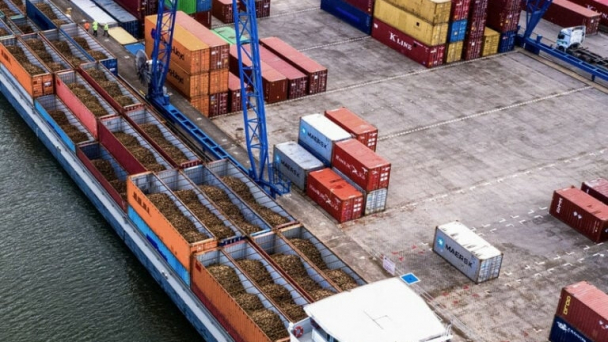
(VAN) The mutual export of agrifood products between the European Union (EU) and the United Kingdom (UK) must occur again without certification, border controls or other red tape. This was agreed at the UK-EU summit.
/2025/05/22/5121-2-173645_677.jpg)
(VAN) NBSAP Tracker identifies strengths and areas for improvement in the National Biodiversity Strategy, based on each region’s priorities and capacities.
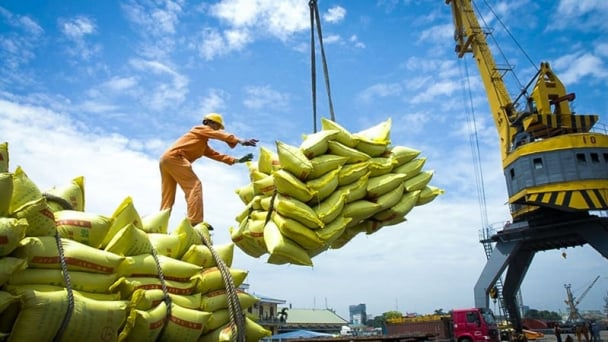
(VAN) The draft amendment to the Circular on rice export trading stipulates a periodic reporting regime for rice exporting enterprises.
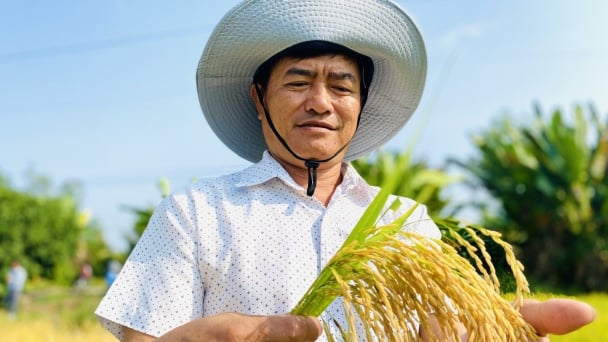
(VAN) Dong Thap farmers attained an average profit margin of 64% during the summer-autumn 2024 crop (first season), while An Giang and Kien Giang farmers followed with 56% and 54%, respectively.
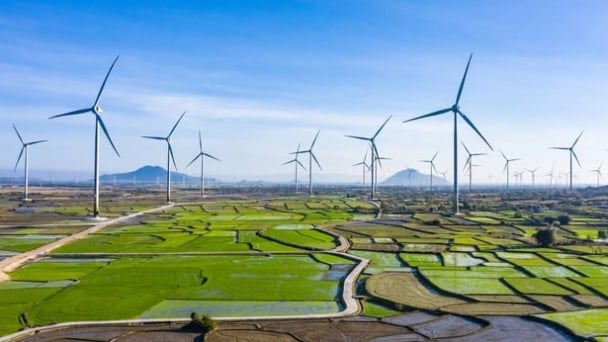
(VAN) As a doctoral student doing research on renewable energy and electrification at Harvard University, the author shares his musings on electricity, nature, and countryside memories.

(VAN) The decree on Extended Producer Responsibility (EPR) ensures transparent management and disbursement of support funds, avoiding the creation of a “give-and-take” mechanism.
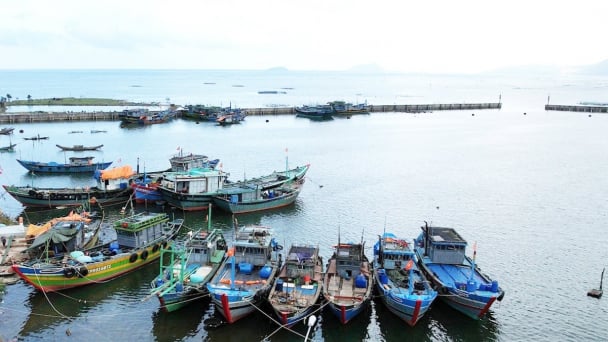
(VAN) Hue City rigorously enforces regulations regarding marine fishing and resource exploitation, with a particular emphasis on the monitoring of fishing vessels to prevent illegal, unreported, and unregulated (IUU) fishing.